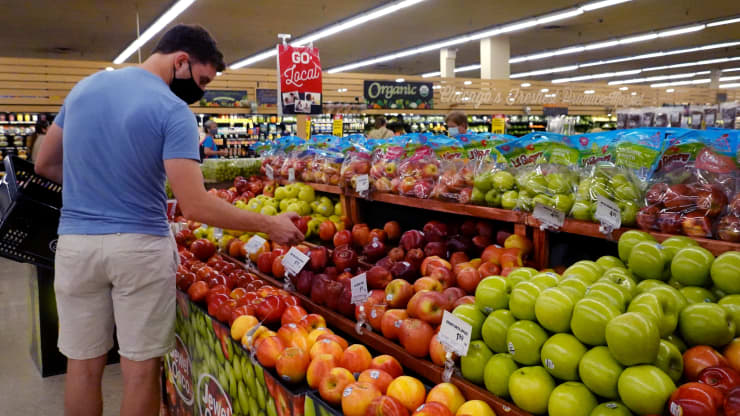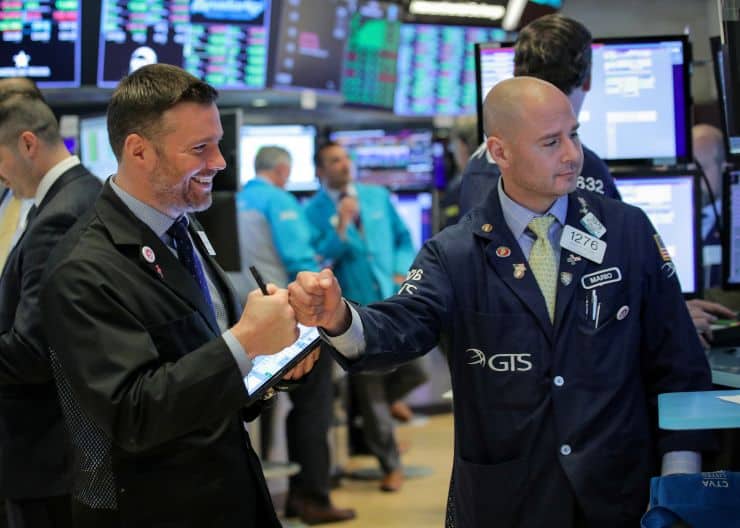
Annual inflation rose at its fastest pace in more than 30 years during September despite a decline in personal income, the Commerce Department reported Friday.
Headline price pressures as gauged by the personal consumption expenditures price index including food and energy increased 0.3% for the month, pushing the year-over-year gain to 4.4%. That’s the fastest pace since January 1991.
Stripping out food and energy costs, inflation rose 0.2% for the month, in line with the Dow Jones estimate, and 3.6% for the 12-month period, unchanged from August but good for the highest since May 1991. The Federal Reserve prioritizes the so-called core PCE reading among a battery of measures it uses for inflation.
The continued inflation jump came as personal income declined 1% in September, more than the expected 0.4% drop. Consumer spending increased 0.6%, in line with Wall Street estimates.
The headline inflation rate was pushed by a 24.9% increase in energy costs and a 4.1% gain in food. Services inflation rose 6.4% on the year while goods increased 5.9%.
The inflation and income numbers come as the Fed is grappling with the specter of higher prices and lower growth. Gross domestic product increased at just a 2% annualized pace in the third quarter, the slowest since the recovery began off a recession that ended in April 2020.
Compensation costs also climbed, rising 1.3% in the third quarter, ahead of the 0.9% estimate, the Labor Department reported. That brought the year-over-year increase to 3.7%, slightly higher than Q1 and the fastest acceleration since the second quarter of 2002.
Wages and salaries rose 4.6%, compared with 2.7% from September 2020.
Earlier in the morning, Treasury Secretary Janet Yellen, a former Fed chair, said she still expects inflation to dissipate, though she and other officials have acknowledged that it has been more persistent and longer-lasting than expected.
“Year-over-year inflation remains high and will for some time simply because of what’s already happened in the first months of the year,” Yellen told CNBC from Rome and the G-20 summit. “But monthly rates I believe will come down in the second half of the year. I think we’ll see a return to levels close to 2%.”
Yellen noted that consumers have high levels of savings and cash that she said should boost growth ahead.
The savings rate for September was 7.5%, equating to $1.34 trillion, a decline from the 9.2% rate in August and the lowest monthly reading since December 2019.
























